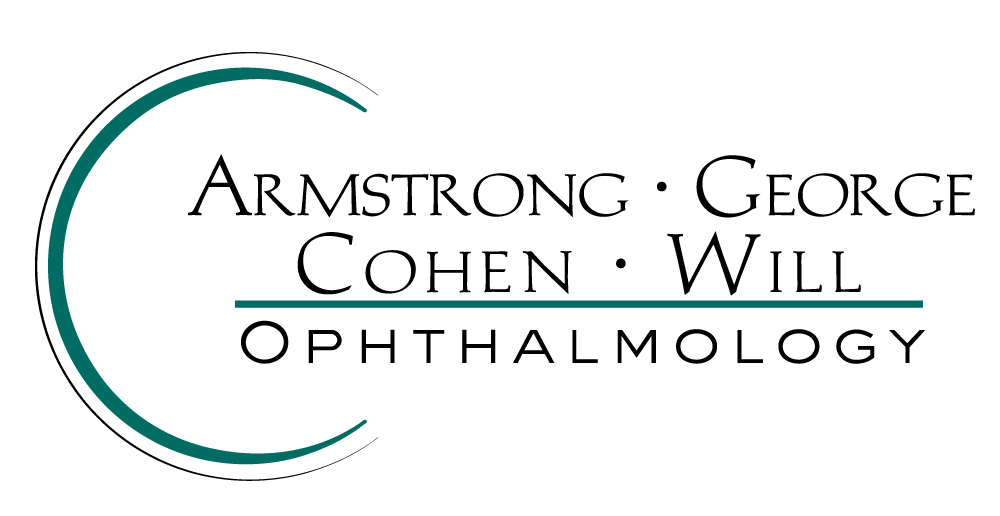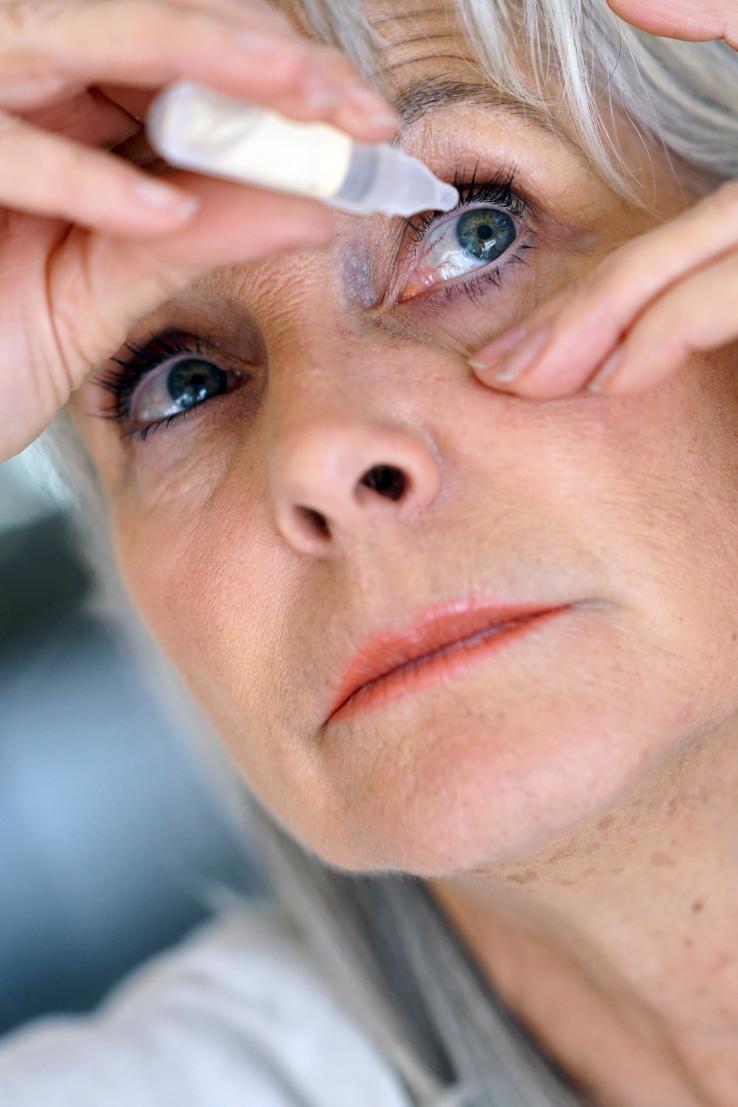Glaucoma is the second leading cause of irreversible blindness in the United States. It is a condition in which the optic nerve, responsible for transmitting visual information from the eye to the brain, is damaged.
If undetected, glaucoma can cause loss of peripheral vision and can advance to a reduction in central vision. Many people are unaware that they have this potentially blinding disease because they have no symptoms at first. However, as the disease progresses, a person with glaucoma may notice his or her vision gradually failing. Symptoms include blurred vision, loss of peripheral vision, difficulty focusing on objects, and the presence of halos around lights.
Although there is no cure for glaucoma, vision loss can usually be prevented or slowed if treated at an early stage, but once glaucoma damages vision, it cannot be restored. If left untreated, glaucoma can lead to blindness. That is why knowing your risk factors and scheduling regular eye examinations are so important for early detection and treatment of glaucoma.
Types of Glaucoma
There are two common types of glaucoma:
- Primary open angle glaucoma (POAG) is by far the most common type of glaucoma. It is a chronic, painless and slowly progressive optic neuropathy. While both eyes are usually affected over time, it is often asymmetric. Patients with advancing age, a family history of glaucoma, diabetes or cardiovascular disease as well as African Americans over the age of 40 are at increased risk. Because POAG is painless and insidious, patients often experience no symptoms until there is a substantial loss of vision. Elevated intraocular pressure is an important indicator, but at least 25% of patients with glaucoma never have elevated intraocular pressures. Therefore, it is very important to have a comprehensive eye examination every 1 to 2 years between the ages of 40 and 60, and yearly thereafter. The exam should include an ocular pressure check and optic nerve examination, which screens for early signs of glaucoma.
- Angle closure glaucoma, also called narrow angle glaucoma, is the least common variety, representing less than 10% of all glaucoma. In an acute angle closure attack, the drainage meshwork of the eye is sealed closed and a rapid rise of intraocular pressure develops. Patients note blurred vision, halos around light, severe eye pain, and often nausea and vomiting. Angle closure glaucoma is a true ocular emergency which should be treated by an ophthalmologist without delay. Laser surgery must be performed immediately to relieve pressure and restore sight.
Treatment Options
Although there is no specific cure for POAG, it can be treated with great success. Treatment is aimed at lowering intraocular pressure. There are three main treatment options: topical eye drops, Selective Laser Trabeculoplasty (SLT) and surgical intervention.
- Topical eye drops are quite effective in the treatment of POAG. However, because they are absorbed into the bloodstream, they may have systemic side-effects. Also, physically impaired and elderly patients often have difficulty instilling eye drops. Ophthalmologists note the patient’s overall medical history and balance the anticipated benefits with the inherent risks when prescribing pressure-lowing eye drops.
- Surgical intervention, which creates a new drainage channel in the trabecular network, is typically reserved for resistant cases that do not respond to eye drops or laser treatment. The surgery is performed in an outpatient surgery center under local anesthetic.
- Selective Laser Trabeculoplasty (SLT) is a relatively new laser treatment option. This innovative technique was approved by the FDA in 2001. Utilizing “cold laser” therapy, SLT painlessly opens the eye’s drainage channel, lowering intraocular pressure. SLT is painless, safe and extremely effective, and has no systemic side effects. For these reasons, it is becoming the treatment of choice in many primary open-angle glaucoma cases, particularly for patients who are noncompliant or intolerant of eye drops.
Your doctor may suggest SLT at any time, even as initial treatment for glaucoma. SLT uses short pulses of low energy laser light to target melanin-containing cells in a network of tiny channels, called the trabecular meshwork. Because only targeted cells are affected, the surrounding tissue is left intact. As a result, your body’s own healing response helps fluids drain out of the eye, reducing intraocular pressure that can cause damage to the optic nerve and loss of vision.
At Armstrong George Cohen Will Ophthalmology, SLT treatment is performed in a specially equipped laser room in the Hatboro office. Drops are used to numb your eye; no injections or needles are used. You will not feel any pain during the procedure, which lasts about 5-10 minutes. There are no restrictions following SLT treatment; you may drive and return to work immediately. Follow-up visits are necessary to monitor your eye pressure. While it may take a several weeks to months to reach the full pressure-lowering effect of this procedure, during which time you may have to continue taking your eye drops, many patients are eventually able to discontinue some or all of their medications.
SLT therapy is reimbursed by Medicare and many other insurance providers, which minimizes your out-of-pocket expenses. If you would like more information about SLT for primary open-angle glaucoma treatment, call 215.672.9030 or make an appointment online.
MIGS for Glaucoma Patients with Cataracts
More than 20% of all cataract patients have glaucoma or ocular hypertension. Armstrong George Cohen Will Ophthalmology offers a new procedure to help these patients: Minimally Invasive Glaucoma Surgery (MIGS). A tiny stent is inserted during cataract surgery to reduce intraocular pressure in adult patients with mild to moderate open angle glaucoma. The MIGS device creates a permanent opening in the eye's clogged drainage system, increasing the eye's ability to improve aqueous outflow. This allows intraocular pressure to be lowered, and patients may be able to reduce or eliminate their need for glaucoma medications. Our cataract surgeons are performing this new procedure and are pleased with patients' results.

